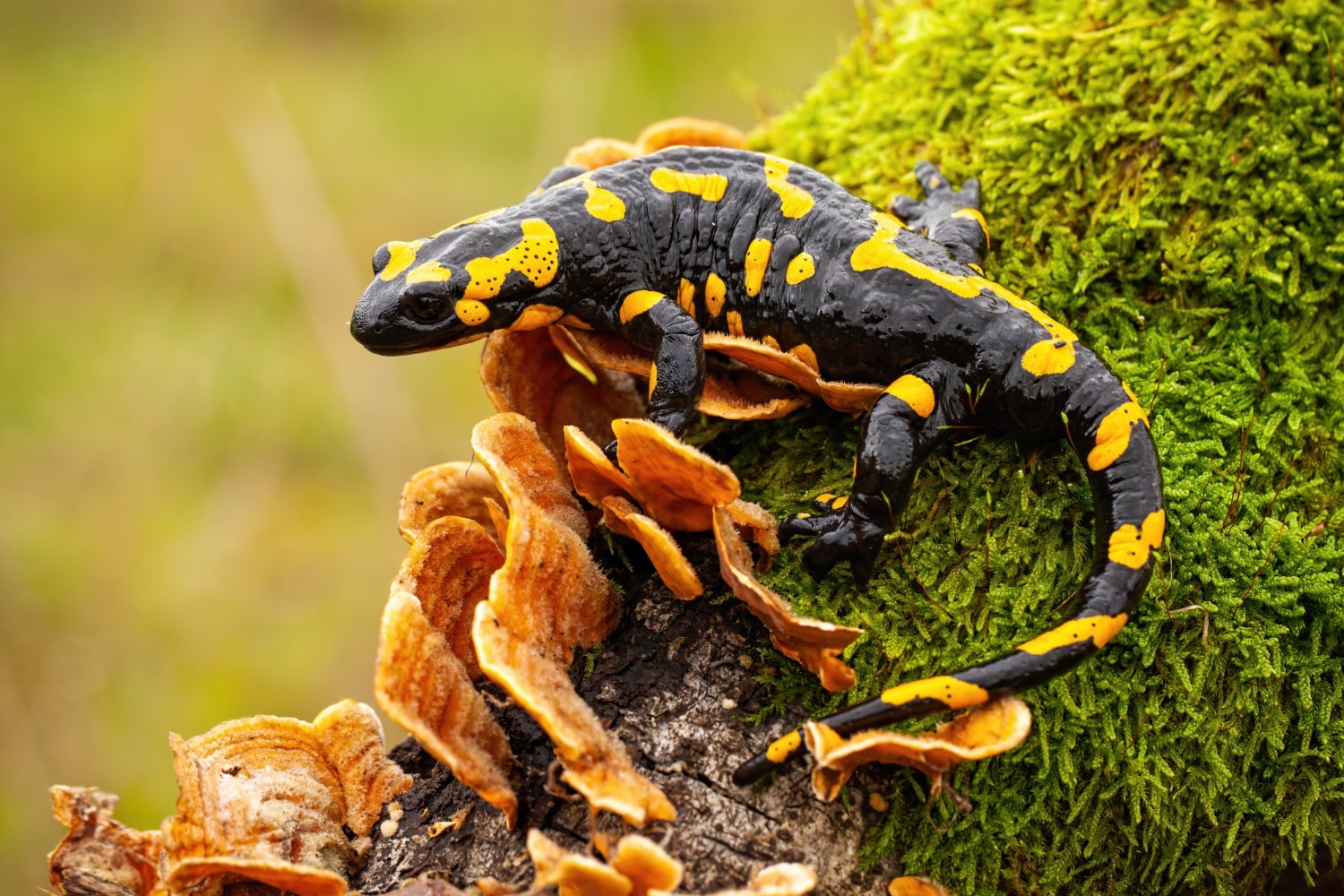Salamanders are mysterious creatures that have fascinated people for thousands of years. Their appearance, resembling a mix between a lizard and a frog, combined with their unique biological traits, has made them symbols of fire, magic, and rebirth in many cultures. These amphibians are capable of seemingly unbelievable feats, especially the regeneration of lost body parts. Here are fascinating facts about salamanders that will give you a new perspective on these remarkable animals.
- There are over 700 species of salamanders in the world, making them one of the most diverse groups of amphibians. They are found primarily in the Northern Hemisphere, especially in North America, Europe, and Asia.
- Salamanders possess the ability to regenerate, which means they can restore lost body parts. They can fully regrow limbs, tails, eyes, spinal cords, and even parts of the heart in some cases.
- Most salamanders are nocturnal and hide during the day under stones or damp leaves. At night, they come out to hunt insects, worms, and other small invertebrates.
- These creatures breathe not only through lungs but also through their skin, which requires them to stay in constantly humid environments. This is why salamanders are rarely found in dry habitats.
- Some salamander species do not have lungs at all. They rely entirely on breathing through their skin and the mucous membranes of the mouth, which requires high levels of moisture.
- Salamanders typically have smooth, moist skin that can be either solid-colored or brightly patterned. For many species, bright colors serve as a warning to predators that their skin contains toxins.
- Certain species, such as the fire salamander, can secrete toxins that irritate the skin and mucous membranes of predators. In nature, this serves as a powerful defense mechanism against being eaten.
- During the Middle Ages, salamanders were believed to have magical properties. People thought they could live in fire without burning, which is why they were often depicted as symbols of the fire element.
- The largest salamander in the world is the Chinese giant salamander, which can grow to over 1.5 meters in length. It lives in mountain rivers in China and is considered a rare and endangered species.
- Salamanders undergo complete metamorphosis, from egg to larva to adult form. However, some species, such as the axolotl, remain in their larval stage for life and are still capable of reproduction.
- The axolotl is one of the most famous salamanders, found only in lakes near Mexico City. It is widely studied in science due to its incredible regenerative abilities and its ability to retain juvenile traits throughout its life.
- In some salamander species, reproduction takes place entirely on land, without the need for water. They lay eggs in moist environments, and fully formed miniature salamanders hatch directly from them, skipping the tadpole stage.
- Although salamanders have weak eyesight, they navigate their surroundings effectively thanks to their sensitive skin and strong sense of smell. They can detect the slightest changes in moisture and temperature around them.
- In some species, the skin is so thin and sensitive that it functions almost entirely as a sensory organ. This allows them to detect the presence of water or other creatures even from a distance.
- Salamanders play an important role in ecosystems by controlling insect populations and serving as a food source for predators. Their presence is often a sign of a clean and healthy environment.
- Due to climate change, deforestation, and water pollution, many salamander species are at risk of extinction. Scientists are conducting research and conservation efforts to protect these vulnerable animals.
- Salamanders can survive in low temperatures and enter a state similar to hibernation. During this time, their metabolism slows significantly, allowing them to wait out unfavorable conditions.
- In some cultures, salamanders symbolize renewal, rebirth, and immortality. This is linked to their remarkable resilience and regenerative capabilities.
- In the wild, salamanders can live from 5 to 20 years depending on the species. In captivity, under ideal conditions, some individuals have been known to live up to 50 years.
- Despite their uniqueness, salamanders are often confused with lizards, though they belong to entirely different classes. Salamanders are amphibians with moist skin and are closely tied to aquatic environments.
These incredible facts about salamanders reveal just how extraordinary these animals are in the natural world. Their adaptability, survival skills, and ability to regenerate make them a subject of scientific admiration and curiosity. You may not have known, but salamanders have inspired myths, research, and observation for centuries. Protecting them is an essential step toward understanding the richness and fragility of life on Earth.





